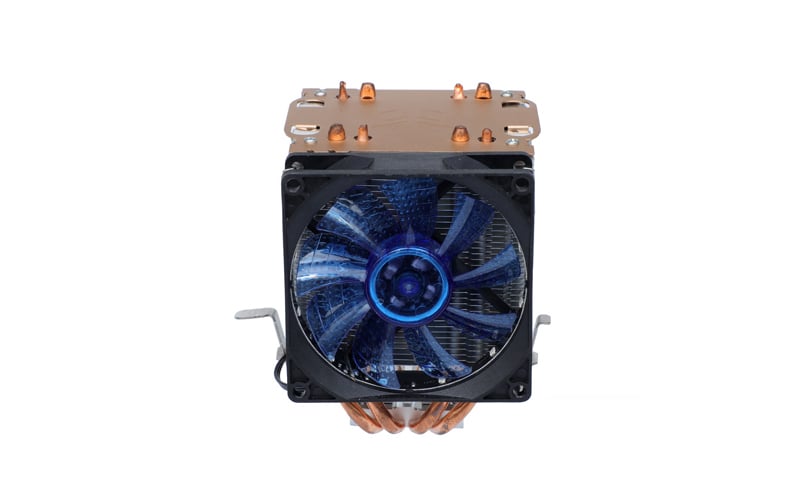Importance of Heat Sink Maintenance
When it comes to keeping your electronics running smoothly, proper heat sink maintenance is crucial. Heat sinks are designed to dissipate heat generated by electronic components, preventing overheating and potential damage. By following best practices for heat sink maintenance, you can ensure that your devices function optimally and have a longer lifespan.
Cleaning the Heat Sink Regularly
One of the most important aspects of heat sink maintenance is regular cleaning. Dust, dirt, and other debris can accumulate on the heat sink over time, reducing its effectiveness. To clean the heat sink, simply remove it from the electronic device and gently brush off any debris. Be sure to do this regularly to prevent any buildup that could lead to overheating.
Checking for Proper Installation
Another key aspect of heat sink maintenance is ensuring that it is properly installed. If the heat sink is not making proper contact with the electronic component it is supposed to cool, it will not be able to effectively dissipate heat. Check to make sure that the heat sink is securely attached and making full contact with the component.
Applying Thermal Paste Correctly
Thermal paste is used to improve the thermal conductivity between the heat sink and the electronic component. When applying thermal paste, make sure to use the right amount – too much can actually hinder heat transfer. Follow the manufacturer's instructions carefully to ensure that the thermal paste is applied correctly for maximum efficiency.
Monitoring Temperature Levels
Regularly monitoring the temperature levels of your electronic devices is a good practice to ensure that the heat sink is doing its job effectively. If you notice that the temperature is consistently higher than normal, it may be a sign that the heat sink needs maintenance or replacement. Keeping an eye on temperature levels can help prevent potential damage to your devices.
Replacing Thermal Pads
In some cases, heat sinks use thermal pads instead of thermal paste to improve heat transfer. Over time, these thermal pads can degrade and lose their effectiveness. It is important to check the condition of the thermal pads regularly and replace them when necessary to maintain optimal heat dissipation.
Avoiding Overclocking
Overclocking your electronic components can put additional stress on the heat sink, potentially leading to overheating. To prevent this, it is best to avoid overclocking or to do so with caution. Make sure that your heat sink is up to the task before pushing your components to their limits.
Ensuring Proper Airflow
Proper airflow is essential for heat sink efficiency. Make sure that there is adequate ventilation around the heat sink to allow for optimal heat dissipation. Avoid blocking air vents or obstructing the heat sink with other objects to ensure that it can function properly.
Inspecting for Damage
Regularly inspecting the heat sink for any signs of damage is important for maintaining its effectiveness. Look for any bent fins, corrosion, or other issues that could impact heat dissipation. If you notice any damage, it may be necessary to repair or replace the heat sink.
Seeking Professional Help
If you are unsure about how to properly maintain your heat sink or if you suspect that it is not functioning correctly, seek professional help. A qualified technician can inspect the heat sink, diagnose any issues, and recommend the best course of action to keep your electronic devices running smoothly.

